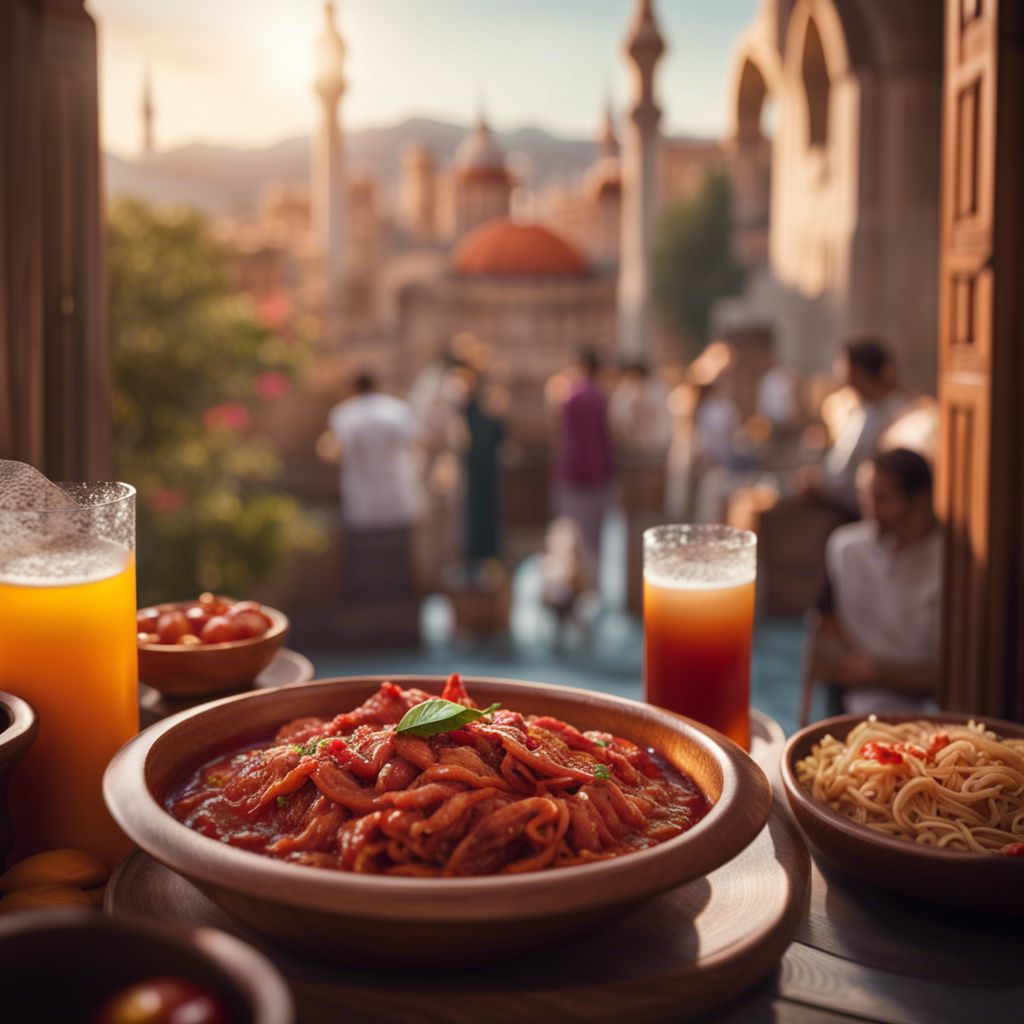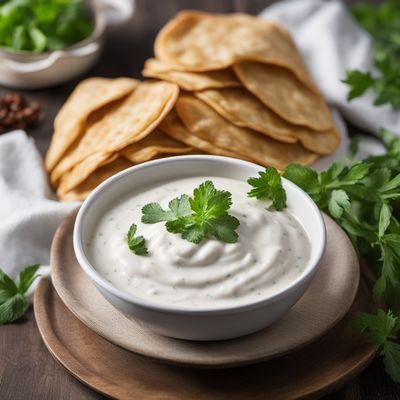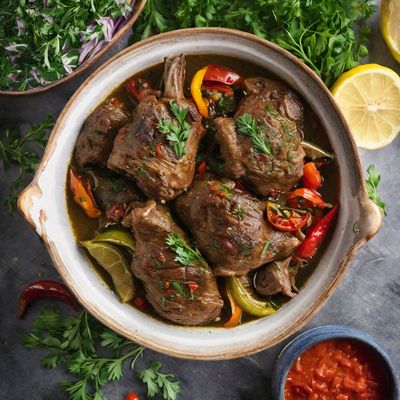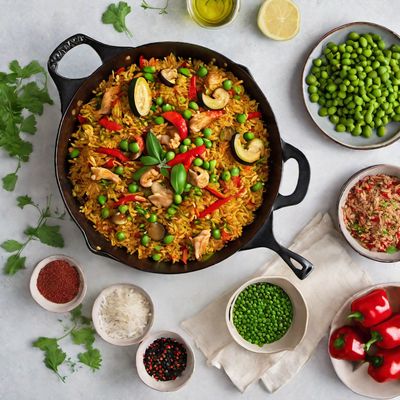
Cuisine
Turkish cuisine
Turkish cuisine is characterized by its use of spices such as cumin, coriander, and paprika. Other common ingredients include lamb, beef, and chicken, as well as vegetables such as eggplant and peppers. One of the most famous dishes is kebab, which can be made with various meats and vegetables. Another popular dish is börek, a pastry filled with cheese or meat.
Typical ingredients
Lamb, Beef, Chicken, Eggplant, Peppers, Tomatoes, Onions, Garlic, Yogurt, Pistachios, Pomegranates
Presentation and garnishing
Dishes are often served with bread and yogurt. Garnishes may include fresh herbs or lemon wedges.
The city of Istanbul is known for its historic architecture, including the Hagia Sophia and the Blue Mosque. The cuisine incorporates ingredients and techniques that have been used in the region for thousands of years.
More cuisines from this region...
Spanish cuisine, Italian cuisine, Portuguese cuisine, Balkan cuisine, Maltese cuisine, Cypriot cuisine, Sammarinese cuisine, Gibraltarian cuisine
History
Turkish cuisine has been influenced by the country's history, including its Ottoman and Byzantine heritage. The cuisine also incorporates ingredients from the country's agricultural traditions, such as pistachios and pomegranates. The use of spices reflects the country's location on the ancient Silk Road.
Cultural significance
Turkish cuisine is an important part of the country's cultural identity. It is often associated with hospitality and generosity, and many dishes are meant to be shared. The cuisine is also closely tied to the country's religious traditions, such as the fasting month of Ramadan.
Health benefits and considerations
The cuisine is generally considered healthy due to its emphasis on fresh ingredients and vegetables. However, some dishes, such as börek, may be high in fat and calories.
Turkish cuisine recipes Browse all »

Turkish-style Puri with Yogurt Dip
Crispy Turkish Puri: A Delightful Twist on a Classic Indian Dish

Turkish-Style Ramen
Istanbul Ramen: A Fusion of Turkish and Japanese Flavors

Turkish-style Kimchi
Spicy and Tangy Turkish Kimchi Delight

Janjetina ispod peke (Turkish Style)
Turkish-Style Slow-Roasted Lamb

Turkish Delight Buns
Sultan's Sweet Buns: A Turkish Delight Twist

Turkish-style Mushroom Risotto
Sultan's Delight: Creamy Mushroom Risotto with a Turkish Twist

Classic Şakşuka Recipe
Savory Turkish Vegetable Stew: Şakşuka

Cochinita Pibil - Turkish Style
Turkish-Inspired Slow-Roasted Pulled Pork

Turkish-Style Paella
Istanbul Delight: Turkish-Style Paella

Turkish-style Teriyaki
Istanbul Teriyaki Delight

Turkish-Style Caesar Salad
Sultan's Delight: Turkish-Inspired Caesar Salad

New York-Style Cheesecake with Turkish Twist
Istanbul Cheesecake: A Creamy Delight with a Turkish Touch